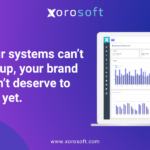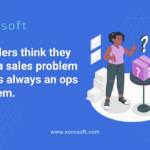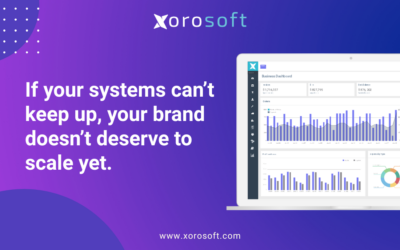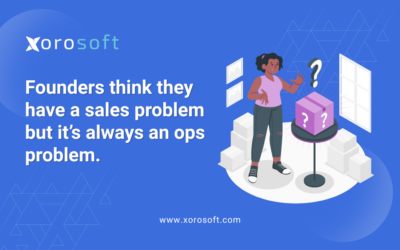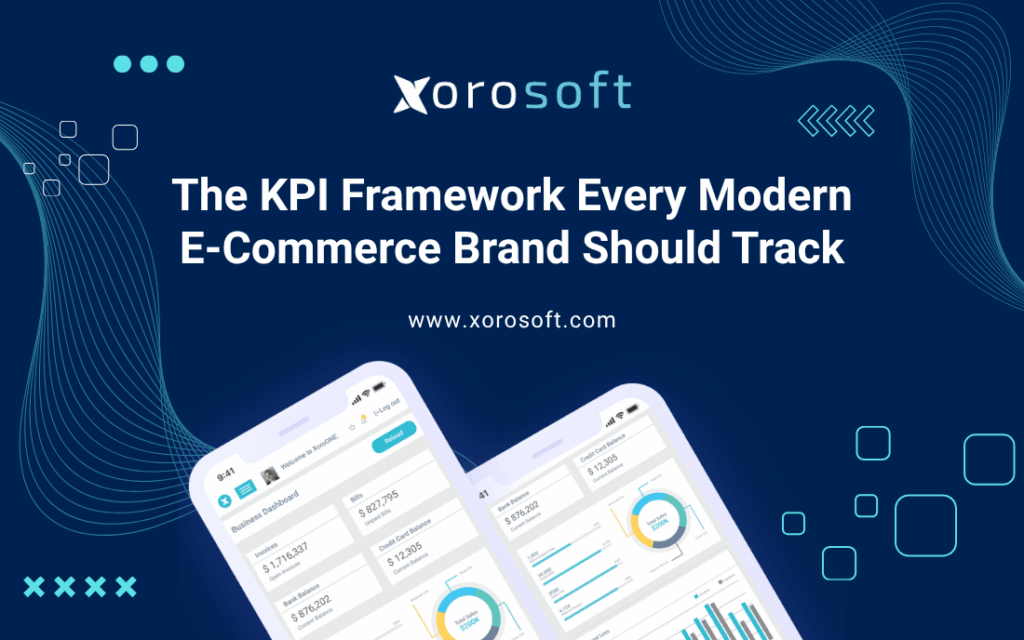
Why an Ecommerce KPI Framework Creates Operational Clarity
An effective ecommerce KPI framework gives modern DTC and omnichannel brands the clarity they need to operate with confidence. Because disconnected tools and inconsistent reporting often create confusion, teams struggle to make reliable decisions. As a result, leaders spend more time reacting to issues than guiding growth. However, when KPIs are defined clearly and reviewed consistently, operations become predictable rather than chaotic.
This framework helps operators reduce the noise that slows teams down. It also establishes a unified way to measure performance, which strengthens accountability across fulfillment, inventory, and cash management. Since clarity leads to focus, and focus leads to better execution, the right KPI structure becomes a quiet competitive advantage.
Frictions That Undermine Operations Without Being Noticed
Many brands feel operational drag long before they understand its causes. Although each issue may seem small, these frictions create compounding inefficiencies that limit growth. For example, fragmented systems make it difficult to trust data, and manual reporting consumes valuable time. Slow cash movement forces leaders to delay growth investments, while unexpected stockouts damage customer experience.
Because these frictions often stay hidden inside day-to-day workflows, teams adapt to them rather than fix them. Eventually, they create a sense of constant pressure. However, when you apply an ecommerce KPI framework, you expose the bottlenecks that were previously invisible. This shift leads to better decision-making and smoother operations.
Core Metrics Supported by an Ecommerce KPI Framework
A strong ecommerce KPI framework focuses on outcome metrics that directly influence customer satisfaction, cash flow, and operational efficiency. Although many dashboards present dozens of numbers, only a handful consistently predict operational health.
- Order cycle time
- Pick accuracy
- Inventory accuracy
- Cash conversion cycle
- Fulfillment cost per order
- On-time delivery rate
- Preventable returns percentage
Because each of these metrics links to a specific workflow, improving them produces measurable results. In addition, reviewing these metrics weekly helps teams address issues early, before they grow into costly problems.
How to Build an Ecommerce KPI Framework That Works
A practical ecommerce KPI framework follows a sequence that creates alignment across teams. Although the process is structured, it remains simple enough for any operator to implement within a week. The goal is not to build a complex dashboard. Instead, the goal is to create clarity and accountability.
1. Define the three primary outcomes.
Speed, accuracy, and cash efficiency form the foundation of most operational systems. Since these outcomes influence every part of the customer journey, they serve as reliable anchors.
2. Map KPIs to actual workflows.
Receiving, put-away, picking, packing, shipping, and cash settlement should each have a clear KPI. Because these KPIs reflect the way work happens, they immediately make operations more understandable.
3. Assign one owner per KPI.
When accountability becomes visible, improvement accelerates. Since each owner becomes responsible for one area, the entire system runs more smoothly.
4. Set good, better, and best targets.
These tiers help teams understand what excellent performance looks like. Furthermore, they enable consistent progress even when volume fluctuates.
5. Automate data wherever possible.
Automation ensures accuracy, reduces manual work, and increases the consistency of weekly reviews.
6. Establish a weekly KPI review.
Fifteen minutes is enough to understand trends and assign next steps. Although this routine is simple, it dramatically improves operational discipline.
7. Run a single improvement project each month.
When a team fixes one operational issue every month, it creates compound efficiency gains that support long-term scalability.
Why Ownership Strengthens an Ecommerce KPI Framework
Clear ownership transforms KPIs from passive numbers into actionable tools. Because each team member understands what they control and why it matters, collaboration increases naturally. In addition, ownership prevents KPIs from drifting without direction, which often leads to inconsistent results.
Therefore, assigning responsibility is one of the most important parts of the framework. Since many brands struggle with unclear accountability, this single adjustment usually produces immediate benefits.
How a Skincare Brand Improved Performance With This Framework
A growing skincare brand selling through Shopify and wholesale channels experienced familiar challenges: inconsistent inventory counts, slow fulfillment times, and manual reporting. Although the team worked hard, operational fog created daily stress.
After implementing the ecommerce KPI framework, the team gained immediate visibility. As a result, they were able to identify bottlenecks quickly and correct them before they affected customers.
Within 90 days, the brand achieved the following results:
-
Inventory accuracy improved from 84% to 97%
-
Order cycle time fell from 84 hours to 48 hours
-
Cash conversion improved by 19 days
-
The founder regained over 10 hours per week previously lost to manual work
Because the framework created structure and clarity, the team operated with more confidence and fewer surprises.
A 7-Day Plan to Launch Your Ecommerce KPI Framework
This framework can be implemented quickly because each step builds on the last.
- Day 1: Define the three desired outcomes.
- Day 2: Choose 8–12 KPIs aligned with your workflows.
- Day 3: Assign ownership for each KPI.
- Day 4: Set good/better/best targets.
- Day 5: Connect your systems so data flows automatically.
- Day 6: Create a simple weekly KPI review template.
- Day 7: Hold your first KPI review meeting and assign an improvement project.
Although simple, this structure immediately strengthens operational decision-making.
Maintaining Momentum Inside Your KPI System
Once your KPI framework is running consistently, improvements compound over time. Because you continue refining workflows, you gain more accurate data and better forecasting. Additionally, teams start anticipating issues earlier, which reduces operational stress.
Helpful maintenance habits include:
-
Reviewing automation quarterly
-
Updating target tiers seasonally
-
Reassessing workflow maps twice per year
-
Encouraging team-driven ideas
-
Using cycle time as an early warning indicator
Although these practices may seem small, they preserve the long-term value of your KPI system.
Additional Resources for Improving Your Operations
To deepen your operational foundation, explore the following resources:
If you want personalized guidance, you can Book a demo.
You can also explore XoroERP to see how unified inventory, fulfillment, and financial workflows support your ecommerce KPI framework.
Why an Ecommerce KPI Framework Creates a Calm Operating Rhythm
When your KPIs reflect actual work and your data is centralized, operations become calm, predictable, and easier to manage. Although the setup requires focus, the benefits compound quickly. Teams gain clarity. Leaders gain time. Cash flow improves. Most importantly, your decisions become faster, cleaner, and more confident.
Because the ecommerce KPI framework aligns your people, systems, and workflows, it becomes the operating backbone that supports long-term growth.


